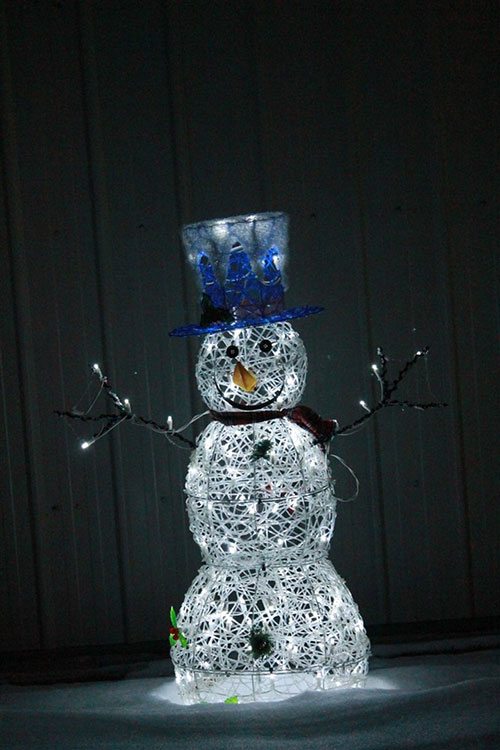Diamond Color Grade: A Buyers Guide | Rare Carat
It’s time to “pop” the question. You are ready to take the plunge with your significant other and tie the knot. When the moment is right, you get down on one knee (I would need some pads), take your sweetheart’s hand and slip that special ring on her finger! You might be thinking, that’s old school! That’s because I am old. I married my first wife in 1973. I realize today, many couples enjoy shopping together for that perfect ring. Whatever floats your boat!

For some couples, it is more stressful picking out the right diamond than the right partner! (What?) The first two questions usually are, what shape, and how much? In days of old (before modern-day gemological education) you could walk into a jewelry store and say, “I have --------- amount of money to spend on a diamond. Give me the most sparkly one you have!” Buying diamonds, gemstones and jewelry is like buying a box of chocolates; you never knew what you were going to get! Thanks to the vision of jeweler Robert Shipley founder of GIA (Gemological Institute of America), we know have a standardized diamond grading system known as the 4c’s:
It was important to Bob that diamond identification and grading be standardized and accepted by the jewelry industry. With the invention of modern-day gemological instruments, we can now measure and analyze diamonds characteristics with far greater accuracy and consistency. This is particularly important when it comes to grading color which is somewhat subjective.
Determining Color Can Be Challenging.

I spent many years grading diamonds and readily admit that determining color was the most challenging. Cut is pretty straight forward. A diamond’s angles and circumference are measured against the Ideal cut (the gold standard). Grades below Ideal are Excellent, Very Good, Good, Fair and Poor. Clarity (imperfections within the diamond) is determined by trained gemologists looking under a 10X power gem microscope or jeweler’s loupe. For instance, a diamond with no visible inclusions under a microscope receives a Flawless grade (very rare) and those with eye visible inclusions are graded Imperfect. Carat weight is simply a matter of weighing the diamond with a gemological scale.
Color is a bit trickier. You need proper lighting and certified graded diamonds (Master Stones) for comparison. Mounted diamonds are more difficult because of the reflection from the metal in mounted stones. The optimum diamond to purchase is one with a certificate from a recognized gem lab. I am not going into the technical side of color grading in this discussion. Here is a great article from our library if you want to do a deep dumpster dive.
Choosing color for some is not as “sexy” as clarity, cut and carat weight. Therefore, they might not take it as seriously. Others give it great weight when deciding on a diamond purchase. Let’s discuss several basic need-to-know facts to make color selection less confusing or stressful! Remember, KISS (Keep It Simple Stupid).
Color Me White.

What makes color so confusing is the terminology describing it. A white or colorless diamond is one that shows little or no color. By color we mean hints of brown or yellow (not including fancy colors). With fancy-colored diamonds, the more intense the color, the better. Grades D-J should show little or no color with the naked eye. K-Z grades will show faint to light color. We also should mention fancy Color diamonds which are rarer than white diamonds. Brown is the most common and Red is the rarest. Pink and yellow diamonds graded in the Intense range are more abundant than Red but still command high per carat prices. Green and blue diamonds are rarer than pink and yellow.
When choosing a diamond for an engagement ring, some brides prefer colorless/white diamonds in the D-E-F range. However, the most popular grades are G-I. By the way, there are significant price increases when you move to the top three grades especially when you go up from an “E” to a “D”. Who knew that less of something (color) would cost you more?
Color Me Bright.

When light enters through the crown (top of the diamond) it refracts (bends) inside. An ideal cut diamond produces scintillation (brightness) that returns to the eye. This light contains dazzling spectral colors. GIA uses several terms to describe how white light appears to the human eye:
- Brightness: Internal and external white light reflected from a diamond
- Fire: The scattering of white light into all the colors of the rainbow
- Scintillation: The amount of sparkle a diamond produces, and the pattern of light and dark areas caused by reflections within the diamond
For me, there is nothing like a bright white (DEF) diamond with an Ideal cut. I never will forget sitting in a restaurant with my wife celebrating our anniversary. I reached into my pocket and pulled out a brand-new engagement ring. The center stone was a round brilliant Ideal cut in a halo style surrounded with smaller full cut round ideal cut diamonds (D color). I put it on her finger and she started crying. We embraced and kissed. Then the waitress approached us and we ordered our food. After we finished eating, the waitress brought over the check. She looked at my wife’s ring and said, “Your ring is really beautiful. I saw it sparkling from across the room when I was bringing the food to your table!” Winner-winner-chicken dinner!
Color Me Delighted.

I hope you don’t get lost in all of this gemological lingo! As a Gemologist, I appreciate a systematic grading system for grading diamonds. But let us not forget that diamonds are more than just a letter on a certificate. Each diamond is unique. It’s journey from a piece of unmined rough in the ground to your fiance’s hand is time consuming and labor intensive. As the old adage says, “beauty is in the eye of the beholder”. A diamond graded in the J-K-L with a hint of yellow visible to the naked eye, may be beautiful to you. Someone like myself enjoys diamonds in the D-E-F range. Let your eyes lead you when considering color. Don’t let others “color” your decision (no pun intended) as you search for that perfect rock!

